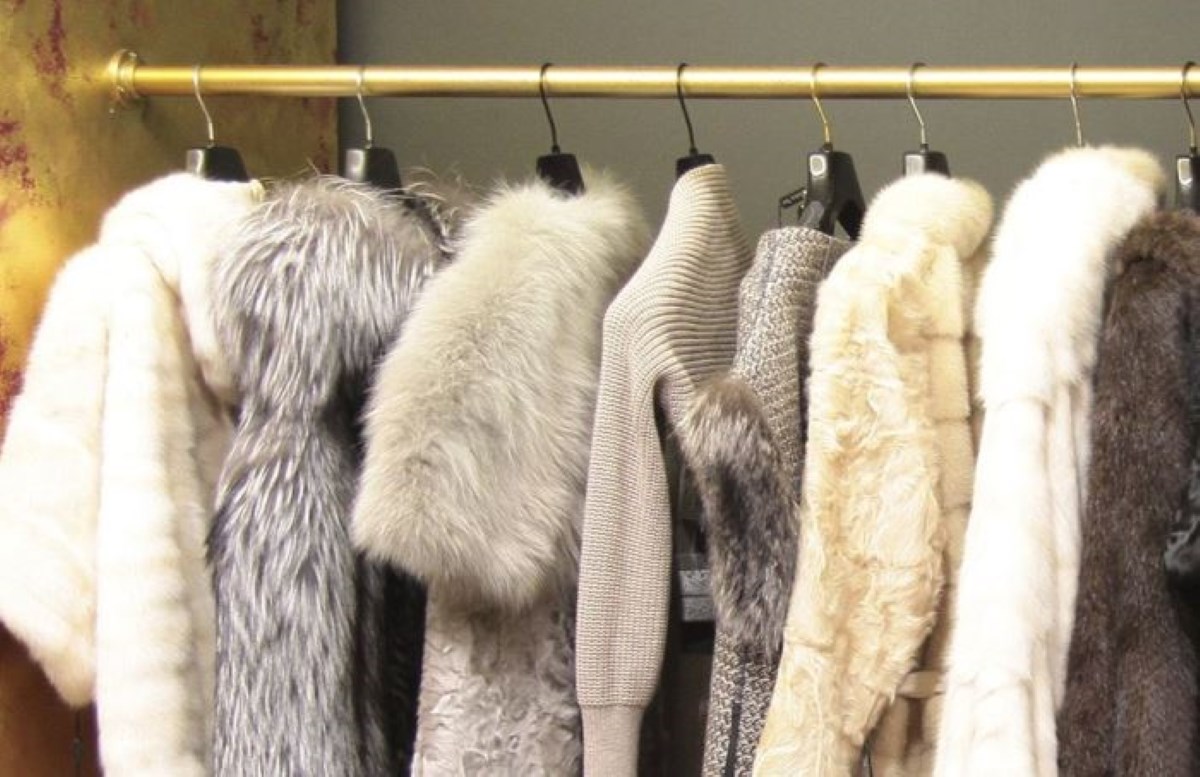

Articles
How To Store A Mink Coat
Modified: January 6, 2024
Looking for tips on storing articles like a mink coat? Find out how to properly store your valuable garments to keep them in pristine condition.
(Many of the links in this article redirect to a specific reviewed product. Your purchase of these products through affiliate links helps to generate commission for Storables.com, at no extra cost. Learn more)
Introduction
A mink coat is a luxurious and valuable item that deserves proper care and storage to maintain its beauty and longevity. Whether you own a vintage mink coat or a new one, knowing how to store it correctly is essential to ensure its longevity and keep it in pristine condition.
In this article, we will guide you through the steps on how to store a mink coat properly. From cleaning the coat to selecting the appropriate storage container, we will provide you with expert advice and tips to help you keep your mink coat looking its best.
Properly storing a mink coat involves more than simply hanging it in the closet. Factors such as temperature, humidity, and exposure to light can affect the quality and lifespan of the coat. By following the steps outlined in this article, you can take the necessary precautions to prevent damage and maintain the beauty of your cherished mink coat.
So, let’s dive into the step-by-step process of how to store a mink coat and ensure that it remains in excellent condition for years to come.
Key Takeaways:
- Properly storing a mink coat involves steps such as professional cleaning, selecting the right storage location, and using natural deterrents to protect it from damage. These measures ensure the coat retains its beauty and quality for years to come.
- Regular inspection and maintenance, along with careful handling and storage, are essential for preserving the luxurious quality of a mink coat. By following these guidelines, the coat will remain in pristine condition and ready to be enjoyed when retrieved from storage.
Read more: How To Store Mink Coat
Step 1: Cleaning the Mink Coat
Before storing your mink coat, it is crucial to ensure that it is clean. Over time, dust, dirt, and other particles can accumulate on the surface of the coat, which can lead to discoloration and damage. Proper cleaning will not only remove any dirt or stains but also help in preserving the quality of the fur.
It is highly recommended to take your mink coat to a professional fur cleaner for cleaning. Professional fur cleaners have the expertise and specialized equipment to effectively clean and condition the coat without causing any damage. They can remove stains, odors, and restore the luster of the fur.
When choosing a fur cleaner, make sure they are reputable and experienced in handling mink coats. Check for customer reviews and recommendations to ensure you are entrusting your valuable coat to reliable professionals.
If you prefer to clean the coat at home, it is essential to be extremely cautious. Avoid using water or household cleaning products, as they can damage the fur and leather lining. Instead, opt for a specialized fur cleaning kit that includes a brush and cleaning solution designed for fur garments. Follow the instructions carefully and gently brush the fur in the direction of the hairs to remove any dirt or debris.
Regardless of whether you choose professional cleaning or at-home cleaning, remember to allow sufficient time for the coat to dry completely before proceeding to the next steps. Never store a damp or moist mink coat as this can lead to mold and mildew growth.
Cleaning your mink coat before storage will not only keep it looking fresh but also prevent any lingering odors from attracting pests. By starting with a clean coat, you are laying the foundation for proper storage and preservation.
Step 2: Choosing the Right Storage Location
The next step in storing your mink coat is selecting the right storage location. The ideal storage location should provide a stable environment with controlled temperature and humidity levels to prevent any damage to the fur.
First and foremost, it is essential to avoid storing your mink coat in areas prone to extreme temperature fluctuations. Fluctuating temperatures can cause the fur to dry out or become brittle, leading to irreversible damage. Additionally, avoid storing the coat near direct sources of heat or sunlight, as they can fade the color and weaken the fur.
It is recommended to store your mink coat in a cool and dark area, away from sunlight. A temperature-controlled closet or a dedicated storage container in a room with stable temperature and humidity levels is ideal for long-term storage. A closet with a temperature around 50°F to 60°F (10°C to 15°C) and humidity around 45% to 50% is considered suitable for mink fur.
If you opt for a storage container, make sure it is well-ventilated to allow air circulation and prevent the buildup of moisture. Avoid storing the coat in plastic bags, as they can trap moisture and lead to mold growth. Instead, use a breathable fabric garment bag or wrap the coat in acid-free tissue paper to protect it from dust and light exposure.
When selecting a storage location, also consider the security of the area. Make sure the storage location is clean, pest-free, and protected from potential risks like water leaks or pests that could damage the coat.
By storing your mink coat in an appropriate location, you can minimize the risk of any environmental damage and ensure that it retains its beauty and quality for years to come.
Step 3: Preparing the Coat for Storage
Before storing your mink coat, it is essential to prepare it properly to maintain its condition during the storage period. This step includes inspecting the coat, addressing any repairs or alterations, and taking preventive measures to protect it from potential damage.
Begin by carefully inspecting the coat for any signs of wear, tears, or loose fur. If you notice any damages, it is advisable to have them repaired by a professional furrier before storing the coat. This will prevent the damage from worsening during storage and ensure that your coat is in its best condition when you retrieve it.
In addition to repairs, you may also want to consider any necessary alterations to the coat before storing it. If the coat no longer fits properly or you wish to update its style, consult with a fur professional to make the necessary adjustments. This will allow you to enjoy wearing your coat when you take it out of storage.
Next, take preventive measures to protect your mink coat during storage. Avoid using mothballs or cedar chips as they can potentially damage the fur. Instead, opt for natural alternatives like lavender sachets or cedar blocks, which provide a gentle scent and help deter pests.
It is also important to remove any accessories or embellishments attached to the coat, such as brooches or belts. These items can cause pressure points or snag the fur during storage. Store them separately in a safe place to avoid any damage.
Finally, it is a good practice to take photographs of your mink coat before storing it. This will serve as a reference for its condition and assist with any insurance claims in case of unforeseen circumstances.
By properly preparing your mink coat for storage, you are ensuring that it is ready to withstand the storage period and will be in excellent condition when you are ready to wear it again.
Store your mink coat in a cool, dark, and well-ventilated area, away from direct sunlight and heat sources. Use a padded hanger to maintain its shape and cover it with a breathable garment bag to protect it from dust and moths. Avoid storing it in plastic, as it can trap moisture and cause damage.
Step 4: Selecting the Appropriate Storage Container
Choosing the right storage container for your mink coat is crucial to ensure its protection and preservation during the storage period. The container you select should provide a safe and secure environment that shields the coat from external elements and minimizes the risk of damage.
When it comes to storage containers for mink coats, the preferred option is a breathable fabric garment bag. These bags allow air circulation while protecting the coat from dust and light exposure. Look for a bag specifically designed for fur storage, as they often feature additional padding or insulation to provide extra protection.
Avoid using plastic bags or containers, as they can trap moisture and potentially lead to the growth of mold or mildew on the coat. Plastic can also cause the fur to stick and lose its natural luster. Opt for a breathable fabric bag or garment cover specifically designed for fur storage.
Ensure that the storage container is spacious enough to accommodate the coat without crushing or compressing it. A too-tight container can cause unnecessary pressure on the fur, resulting in matting or flattening of the hairs.
Before placing the coat in the storage container, wrap it in acid-free tissue paper. This will help protect the coat from any potential damage and keep the fur in its natural state. Avoid using colored tissue paper, as the dyes can transfer onto the fur.
If you have multiple fur garments, it is advisable to store each coat separately in its own storage container. This avoids any friction between the furs and prevents the transfer of oils or dyes from one coat to another.
Remember to label the storage container with the name of the coat or any relevant information. This will make it easier to identify and retrieve the specific coat you desire when the time comes.
By selecting an appropriate storage container, you are taking an important step toward maintaining the quality and longevity of your mink coat during the storage period.
Read more: How To Store A Mink Coat At Home
Step 5: Storing the Mink Coat Properly
Properly storing your mink coat is crucial to maintain its quality and protect it from potential damage during the storage period. Follow these steps to ensure your coat is stored correctly:
1. Place the wrapped mink coat inside the breathable fabric garment bag or storage container. Make sure the coat is arranged flat and not folded, as folding can cause creases and damage to the fur.
2. If using a garment bag, hang it on a sturdy, padded hanger to maintain the shape and structure of the coat. Avoid using wire hangers, as they can leave imprints on the fur. If using a storage container, place it in a secure and elevated area to prevent crushing or mishandling.
3. Store the mink coat in a cool, dark, and well-ventilated area. Ensure that the storage location maintains a consistent temperature of around 50°F to 60°F (10°C to 15°C) with humidity levels of 45% to 50%. Avoid storing the coat in areas prone to excessive moisture, such as basements or attics.
4. Keep the coat away from any direct sources of heat, sunlight, or high humidity. Exposure to these elements can cause fading, drying, and damage to the fur.
5. Regularly inspect the stored coat to ensure there are no signs of damage, pests, or mold growth. Gently shake the coat or brush it with a soft fur brush to remove any dust or particles that may have settled on the surface.
6. Avoid frequent handling of the coat during the storage period, as unnecessary touching can lead to friction and matting of the fur. If you need to access the coat, do so with clean and dry hands while minimizing contact with the fur.
By following these proper storage techniques, you can maintain the pristine condition of your mink coat and ensure that it remains beautiful and ready to be worn when you retrieve it from storage.
Step 6: Regular Inspection and Maintenance Tips
Regular inspection and maintenance are essential to ensure the longevity and quality of your mink coat. Follow these tips to keep your coat in excellent condition while it is in storage:
1. Every few months, take the time to inspect the stored coat for any signs of damage, wear, or pests. Look for any loose fur, tears, or discoloration. If you notice any issues, have them addressed by a professional furrier as soon as possible to prevent further damage.
2. Gently shake the coat or give it a light brushing with a soft fur brush to remove any dust or particles that may have accumulated. Always brush the fur in the direction of the hairs to avoid causing damage or matting.
3. Rotate the coat occasionally within the storage container or garment bag to prevent any areas of pressure or compression. This will help maintain the natural shape and quality of the fur.
4. If you live in a dry climate or during the winter months when indoor heating can cause low humidity levels, consider using a humidifier in the storage area. This will help prevent the fur from drying out and becoming brittle.
5. Avoid exposing the stored coat to strong odors, such as perfumes, mothballs, or cigarette smoke. These odors can permeate the fur and be challenging to remove, compromising the overall quality and scent of the coat.
6. If you need to transport or move the stored coat, handle it with care and avoid any rough handling. Support the coat from underneath, rather than by the hanger, to prevent strain on the fur and potential damage.
7. Consider having your mink coat professionally cleaned and conditioned every couple of years, even if it hasn’t been worn. Professional fur cleaning can help revitalize the fur’s luster and remove any impurities that may have accumulated over time.
By regularly inspecting and maintaining your mink coat, you can ensure its longevity and preserve its stunning appearance. Your coat will be ready to be worn and enjoyed whenever you decide to take it out of storage.
Conclusion
Properly storing a mink coat is essential to preserve its beauty, quality, and longevity. By following the steps outlined in this article, you can ensure that your mink coat remains in excellent condition during the storage period and beyond.
From cleaning the coat to choosing the right storage location, preparing it for storage, selecting the appropriate storage container, and implementing regular inspection and maintenance, each step plays a vital role in safeguarding your investment.
Remember, a clean coat is the foundation of proper storage. Take the time to have your mink coat cleaned by a professional fur cleaner or use a specialized fur cleaning kit if you prefer cleaning it at home.
Choosing the right storage location with stable temperature and humidity levels is crucial to protect the coat from damage. Never store it in areas prone to extreme temperatures or direct sunlight.
Properly preparing the coat for storage, addressing any repairs or alterations, and using preventive measures like natural deterrents for pests will further protect your mink coat during its time in storage.
Selecting an appropriate storage container, such as a breathable fabric garment bag, will provide a safe and secure environment for the coat, preventing any potential damage caused by moisture or improper storage conditions.
Regular inspection and maintenance are necessary to ensure the coat’s condition is monitored, and any issues are addressed promptly. Be mindful of the storage environment, and avoid exposing the coat to unfavorable conditions or strong odors.
By following these guidelines, your mink coat will retain its beauty, softness, and luxurious quality, ready to be enjoyed when you retrieve it from storage. Remember to consult with a professional furrier if you have any specific concerns or questions about storing your mink coat.
With proper care and attention, your mink coat will continue to be a cherished and timeless piece for many years to come.
Frequently Asked Questions about How To Store A Mink Coat
Was this page helpful?
At Storables.com, we guarantee accurate and reliable information. Our content, validated by Expert Board Contributors, is crafted following stringent Editorial Policies. We're committed to providing you with well-researched, expert-backed insights for all your informational needs.
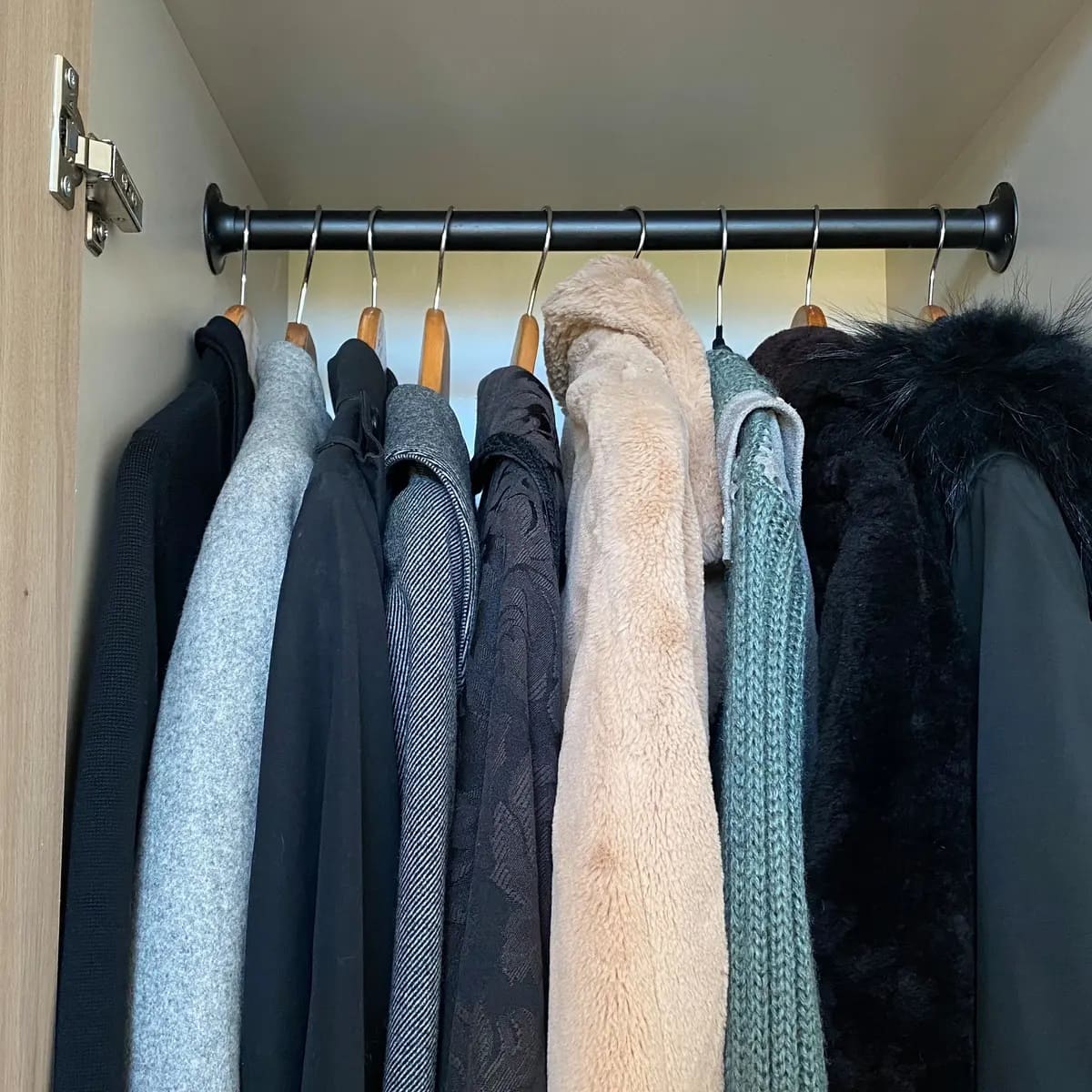

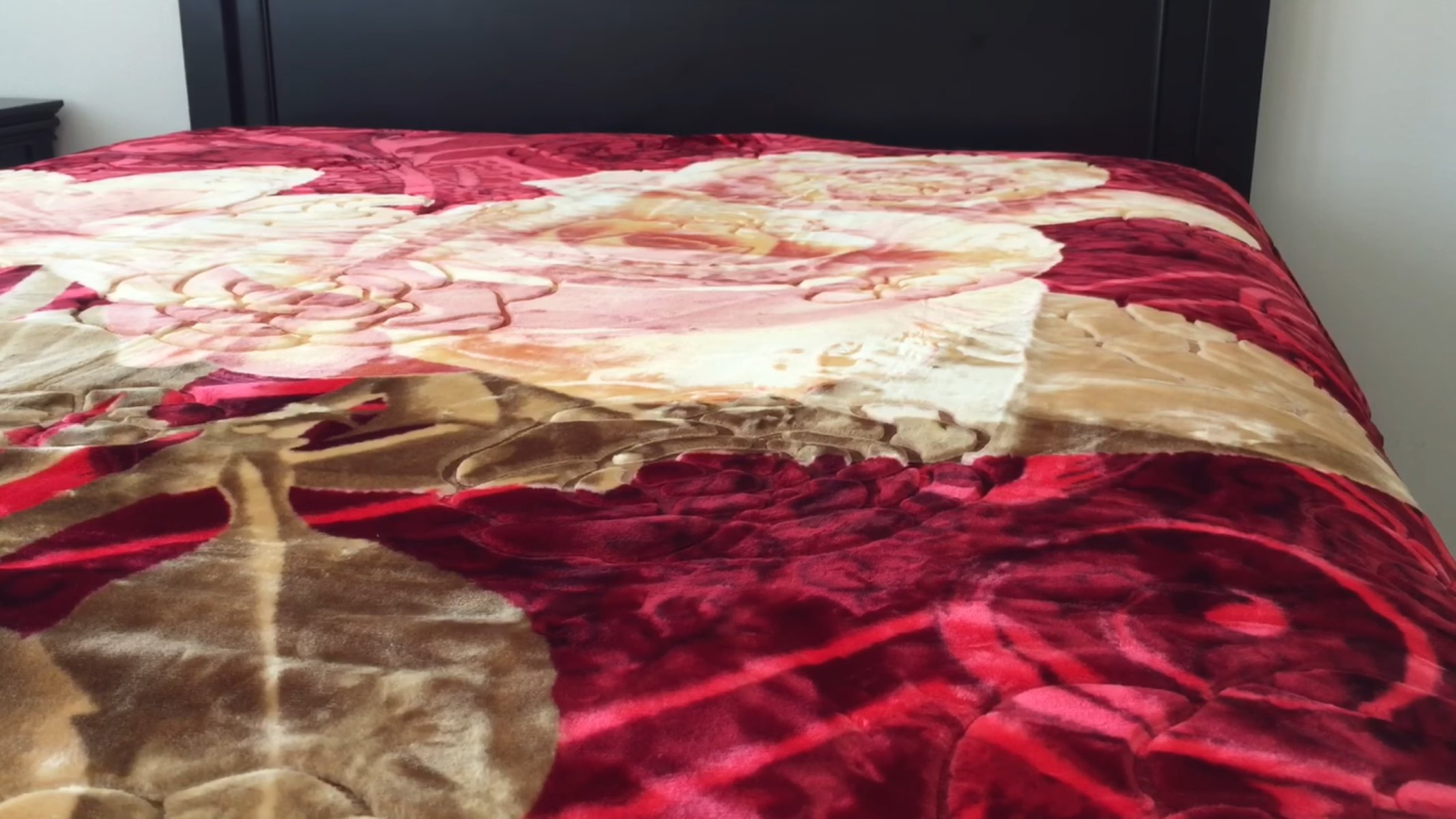
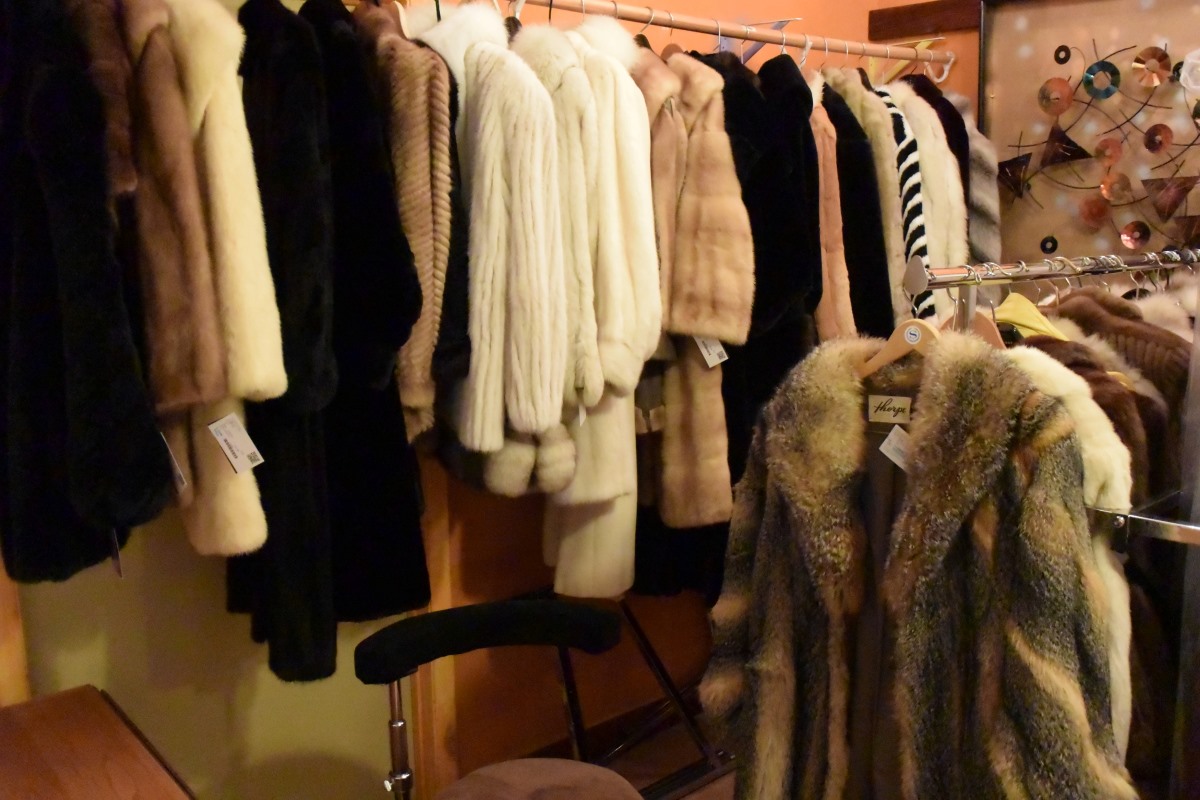
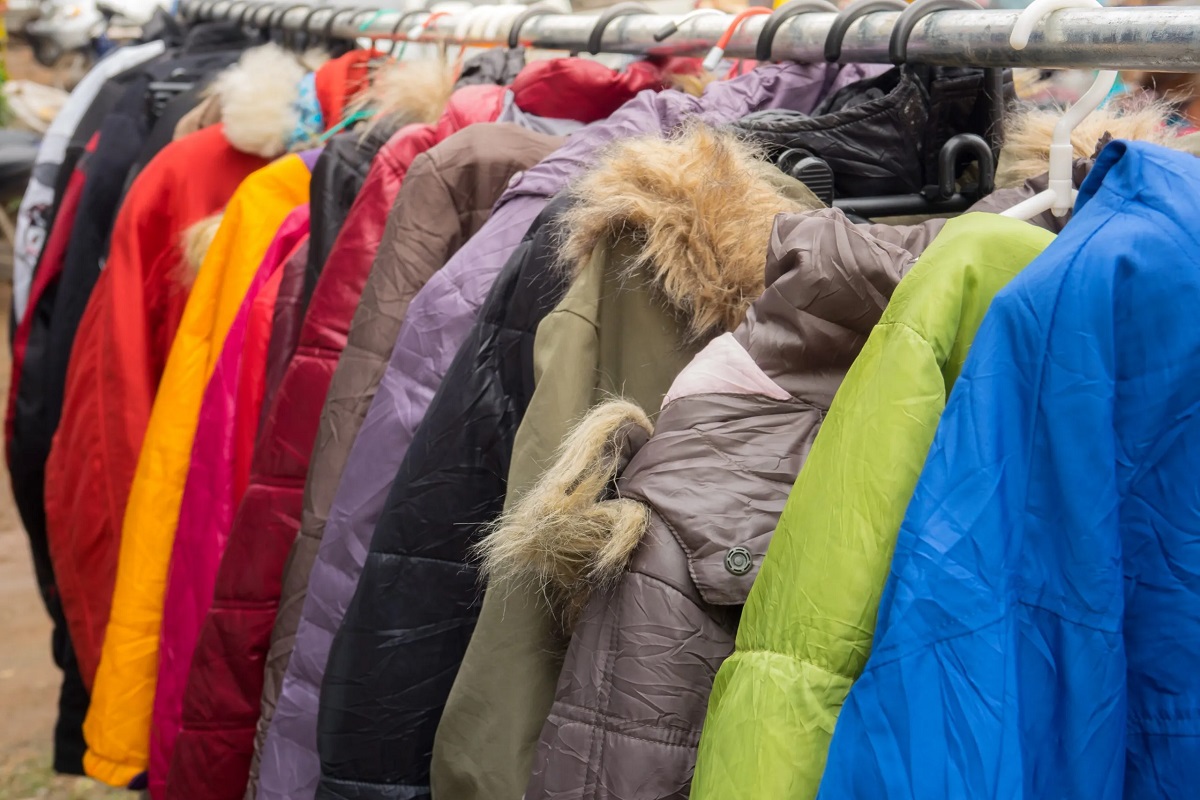
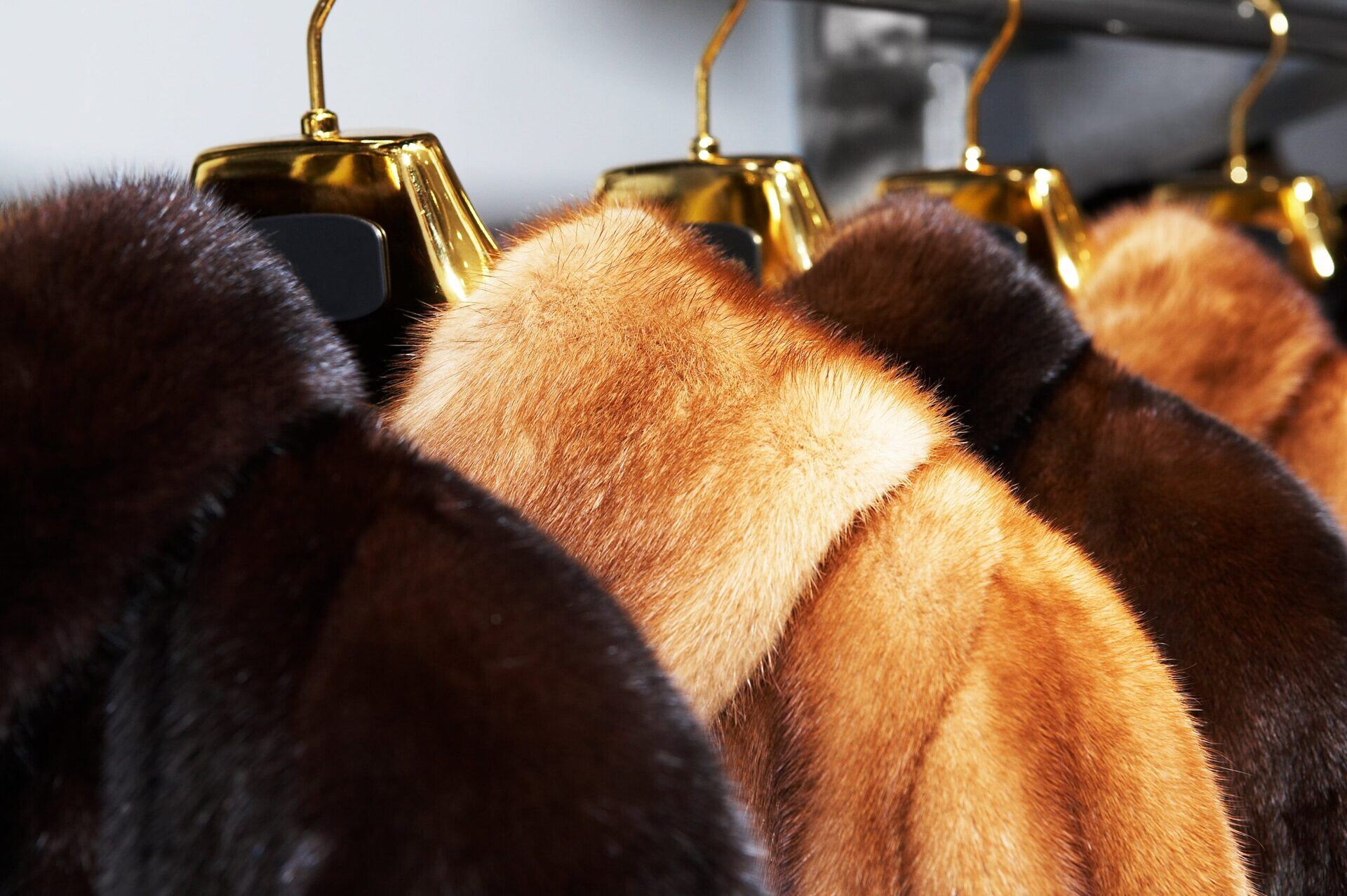


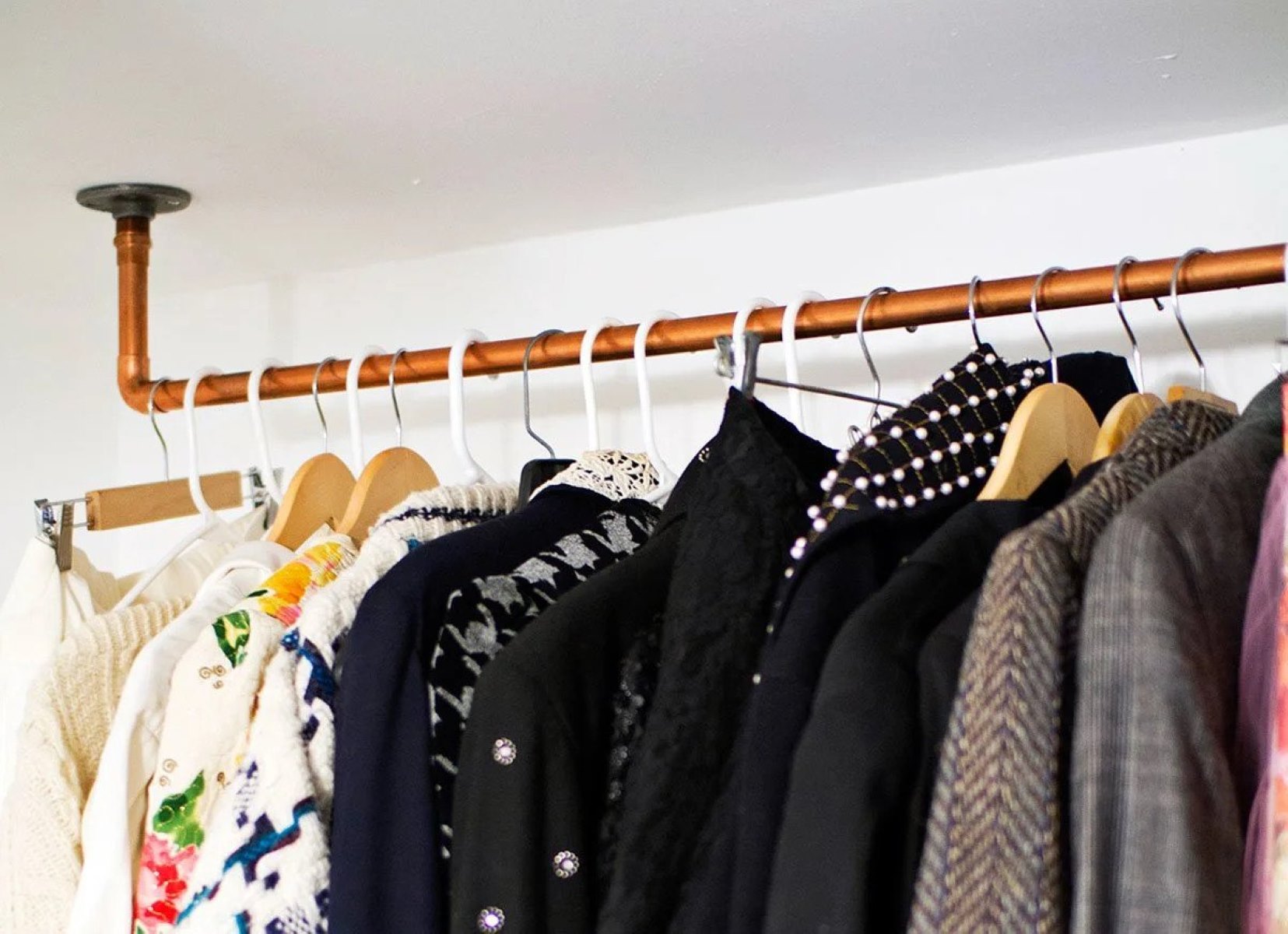
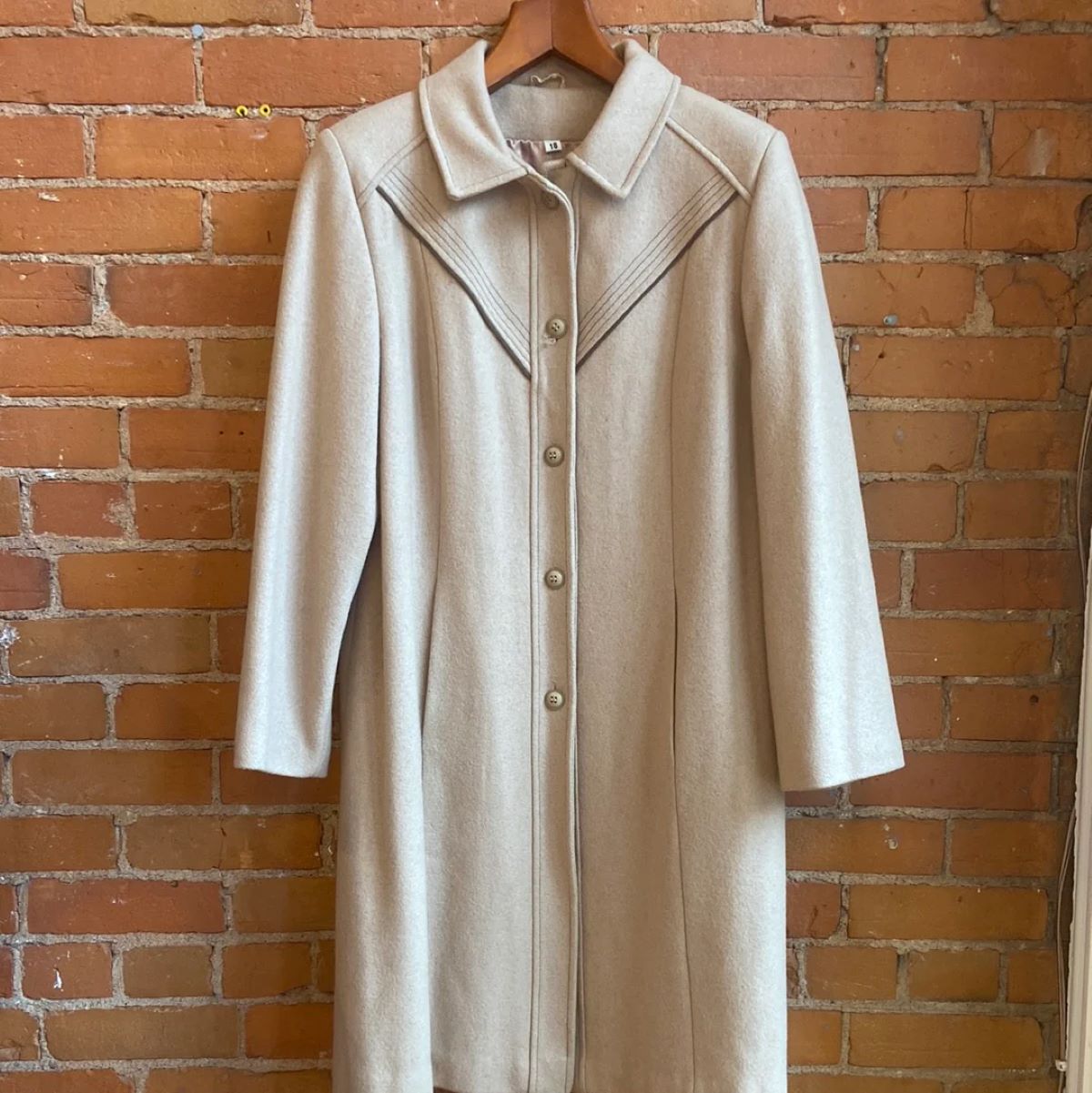
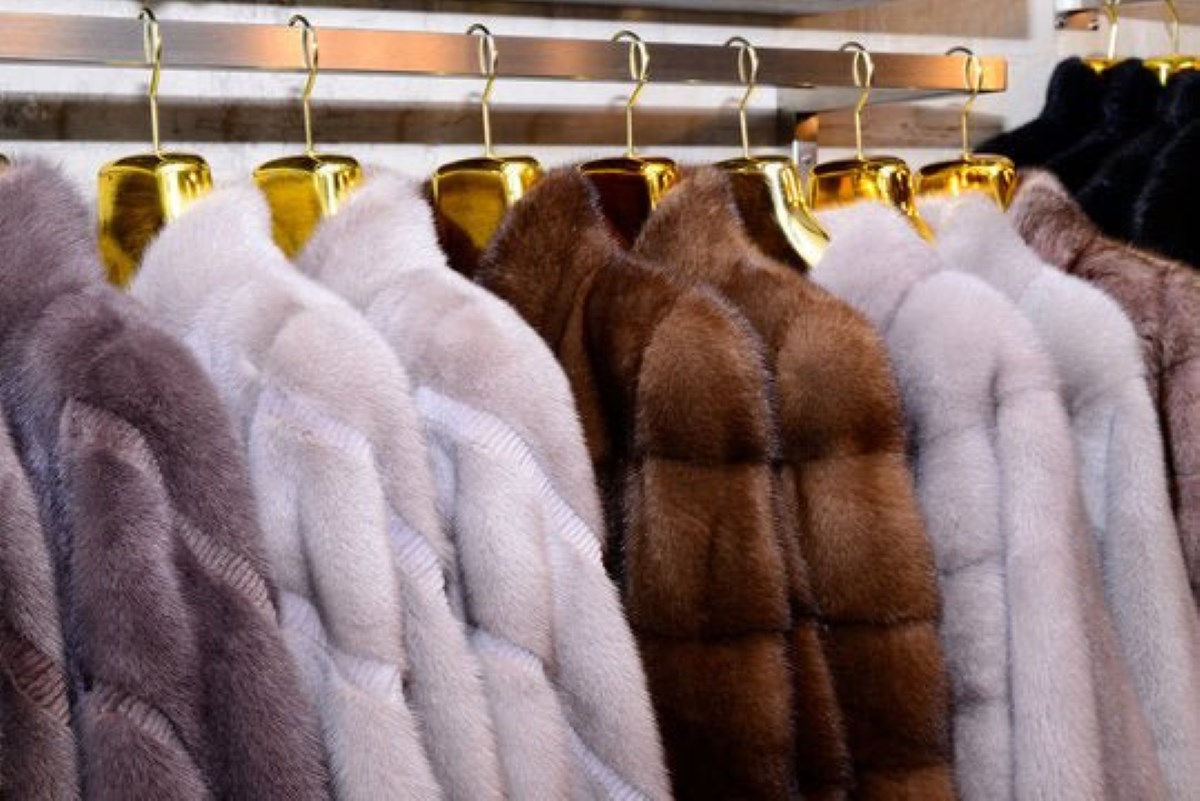
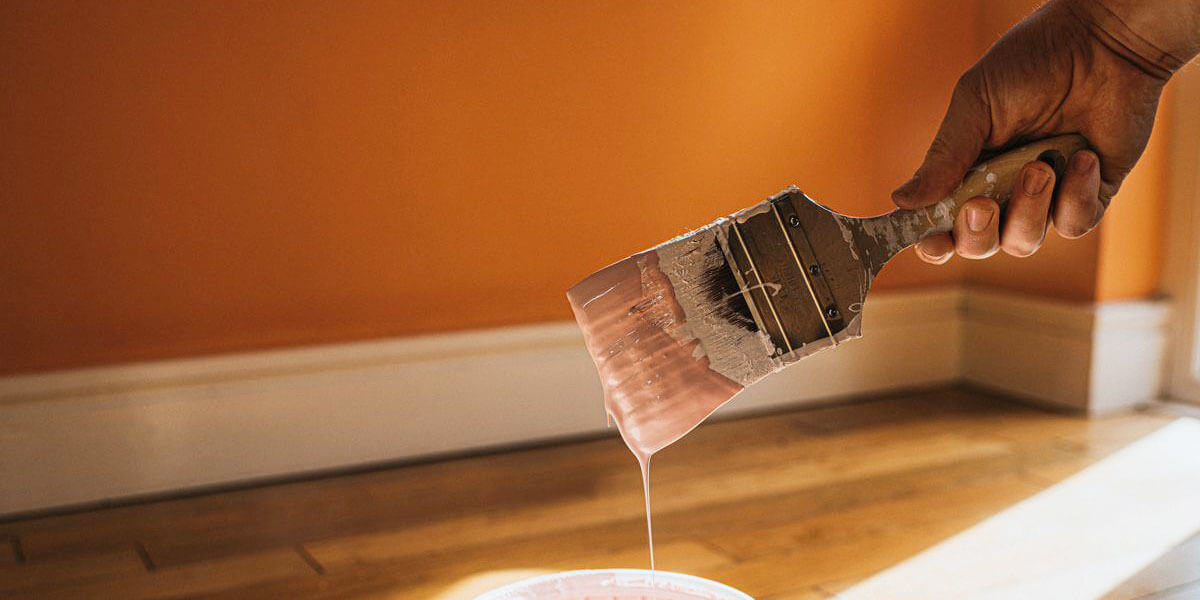
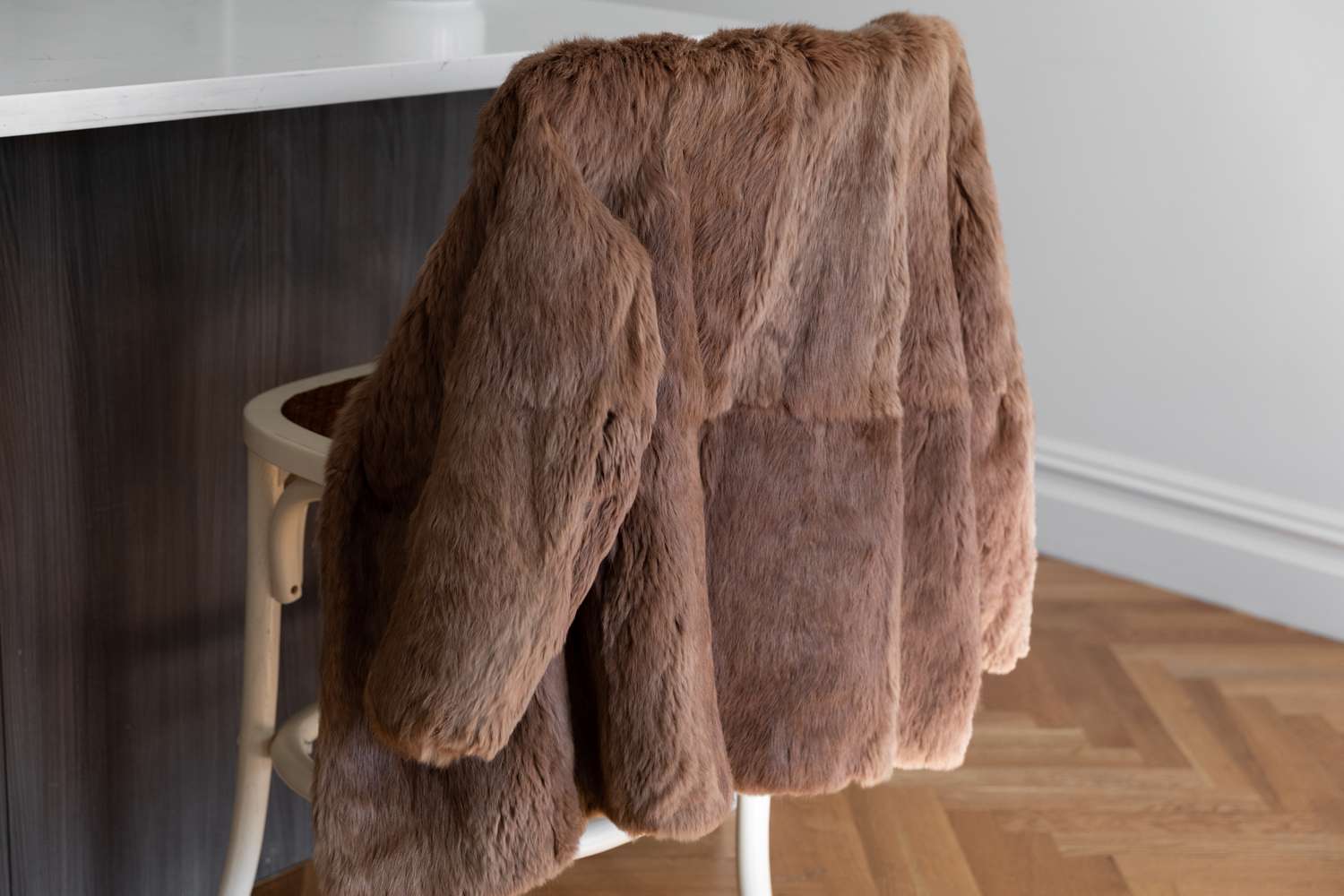


0 thoughts on “How To Store A Mink Coat”